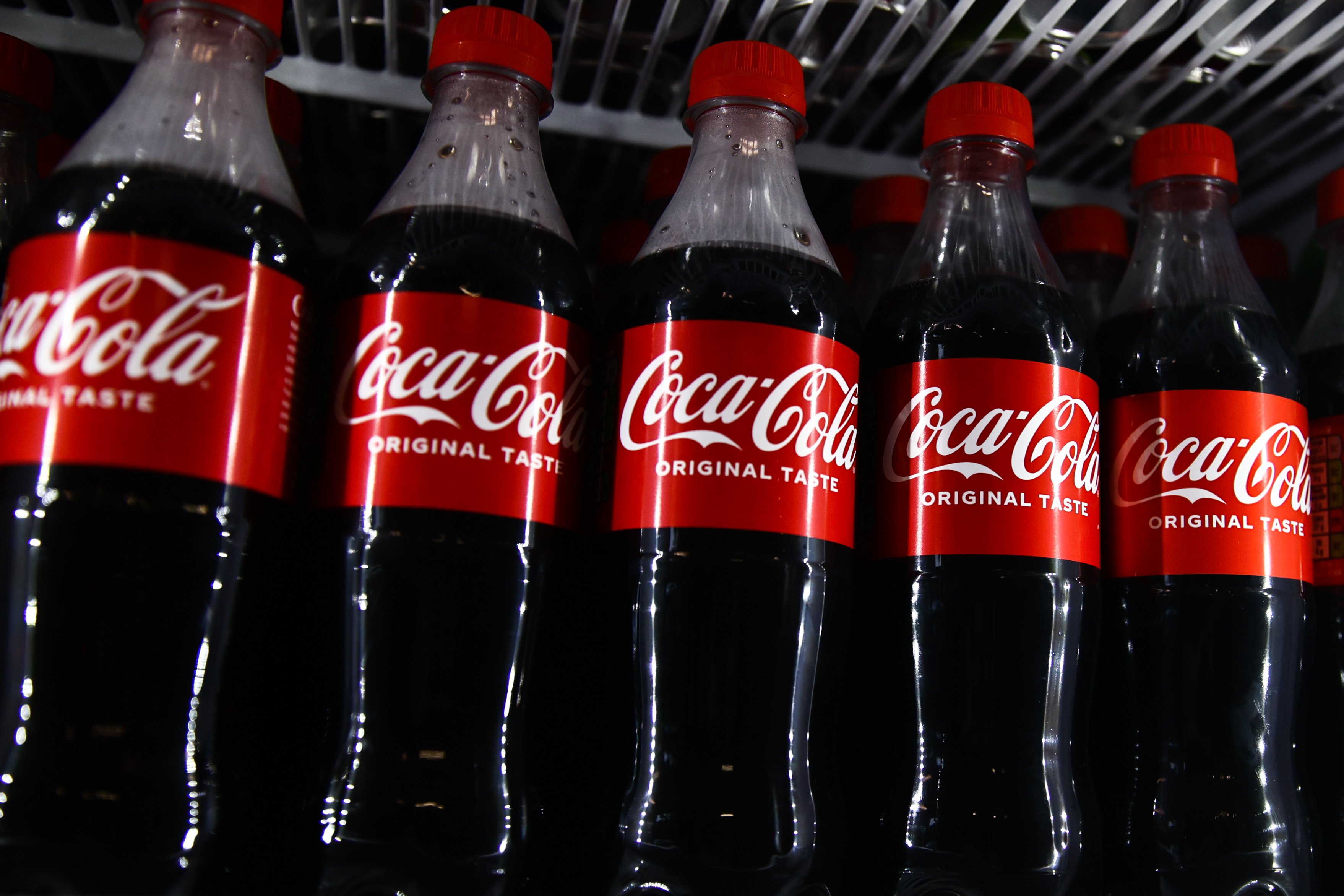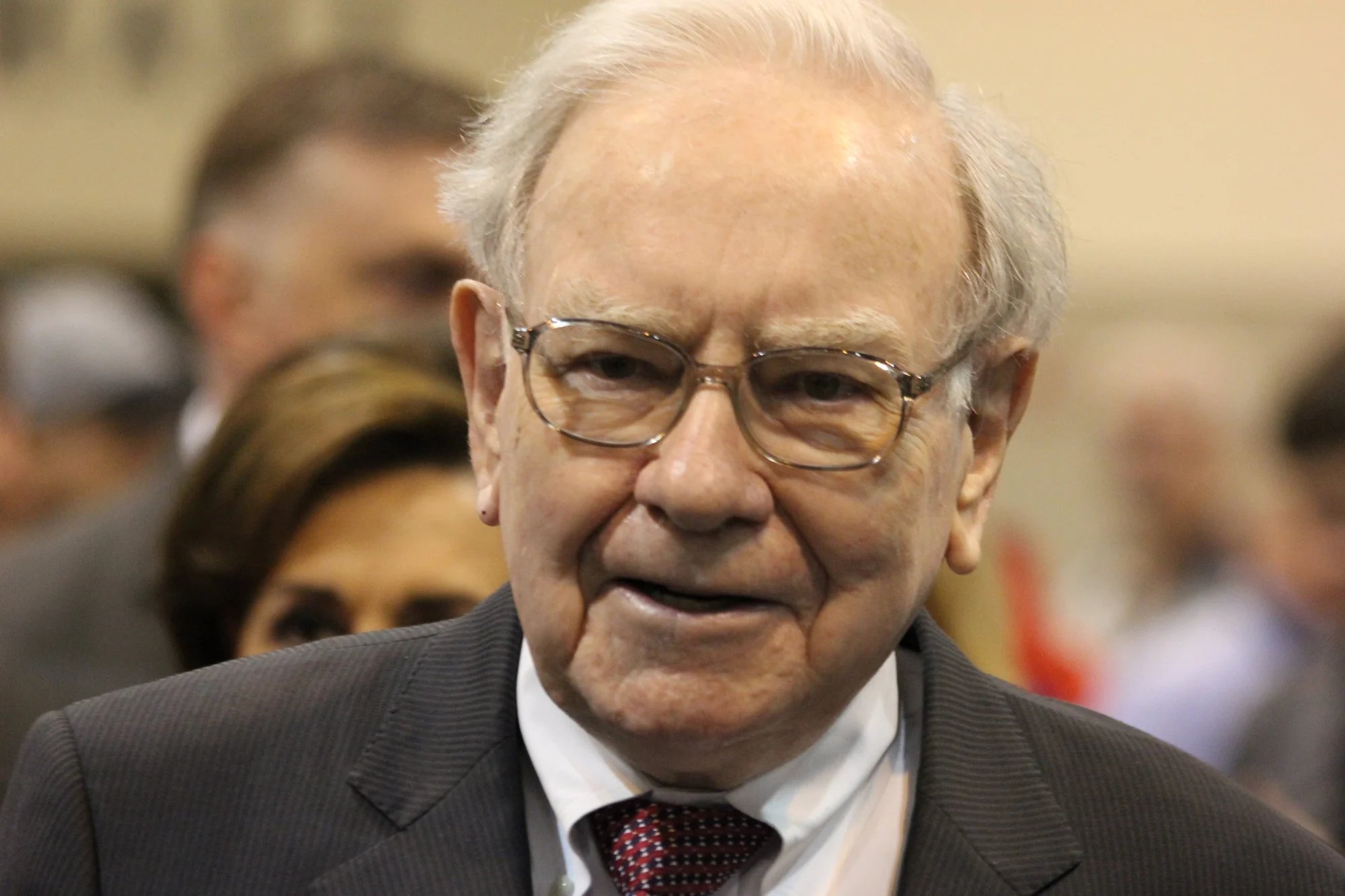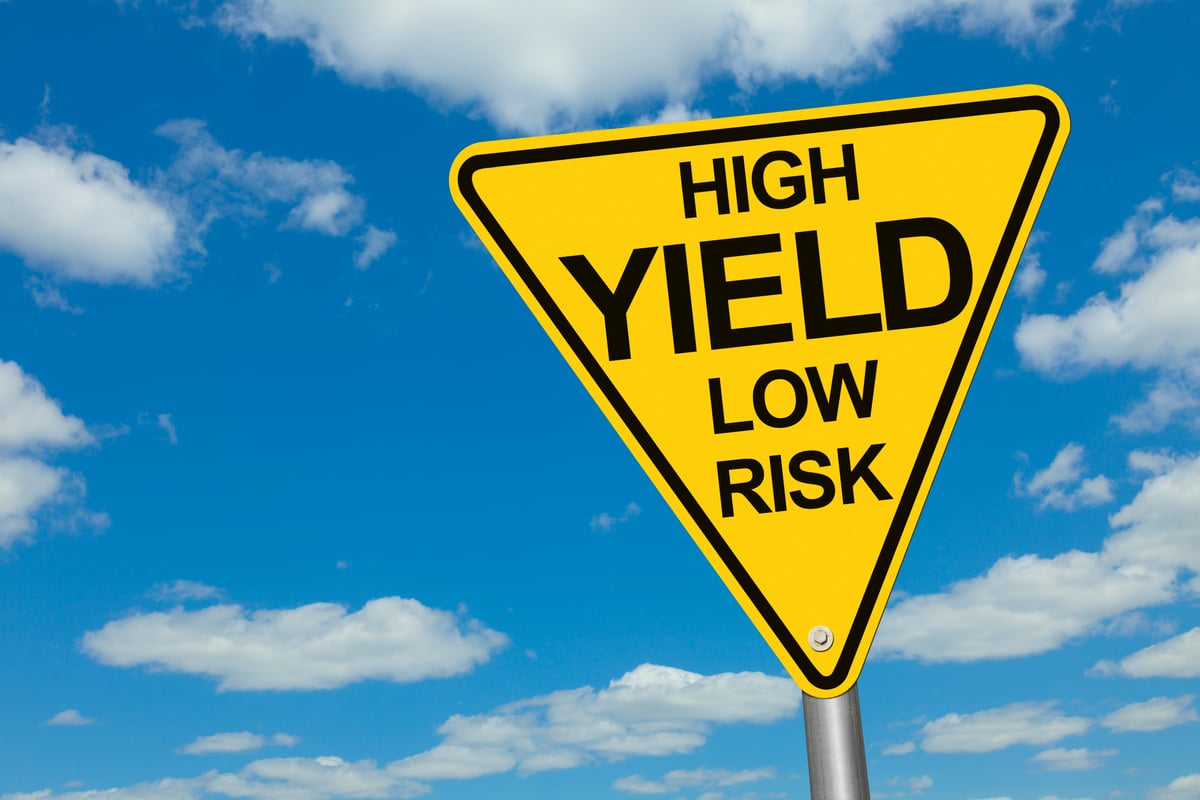Coca-Cola (KO +0.19%) and PepsiCo (PEP +0.50%) have been locked in an epic struggle for soda supremacy for more than 50 years. For most of that time, Coca-Cola has maintained an edge over PepsiCo. Over the last three decades, PepsiCo has fallen from a competitive underdog to a distant No. 2 in the soda wars.
However, industry innovation could shake things up again in the soda industry. After both soda giants announced moves into the at-home carbonation market, investors were left wondering what other moves could reignite consumer interest in soft drinks. Now, investors may have their answer.
Pepsi Spire takes war to Coca-Cola's turf
PepsiCo recently unveiled Pepsi Spire, a new drink dispenser that could make the company competitive in a domain long-dominated by Coca-Cola: the soda fountain. Analysts estimate that Coca-Cola has a 70% share of the soda-fountain market. Spire is PepsiCo's answer to Coca-Cola's Freestyle, a touch-screen soda fountain that delivers more than 100 beverage flavors. PepsiCo's Spire also uses touch-screen technology and allows consumers to create more than 1,000 custom beverages by mixing flavors from its portfolio of carbonated and non-carbonated beverages. For instance, customers can mix Mountain Dew and Sierra Mist while adding an extra shot of lemon flavor. This provides greater freedom of choice and creates a new experience with an old product.

Spire and Freestyle go head-to-head in the soda fountain market
PepsiCo's newest innovation in the soda-fountain market challenges Coca-Cola's dominant grip on the channel. Soda fountains are the primary distribution channel in restaurants, movie theaters, and other non-grocery channels, making them an important point of interaction with customers. If a large number of foodservice operators exclusively install Spire, or install both Spire and Freestyle machines, PepsiCo may put an end to Coca-Cola's soda-fountain dominance.

The tabletop version of Spire takes up far less floorspace than Freestyle
In addition, there is reason to believe that Spire is more attractive to foodservice operators than Freestyle. There are more than 20,000 Freestyle machines in the U.S., and that number will grow as large restaurant chains evaluate the device and add it to their offering. Spire improves upon Freestyle by using hoses connected to bags of syrup instead of cartridges. The cartridges are more expensive than the hose-and-bag system, so fast-food chains and movie theaters can turn a bigger profit with Spire than with the same amount of soda sold via Freestyle.
Spire also offers models that take up less floor space than Freestyle -- a crucial difference for foodservice operators, which aim to use square footage as efficiently as possible. Therefore, Spire may gain even more traction in the market than Freestyle, giving PepsiCo a rare advantage.
A new reason to drink soda
Even if PepsiCo steals fountain share from Coca-Cola, both companies ultimately benefit from the new machines. Regardless of how the market share plays out, Spire and Freestyle could play an important role in both companies' attempts to reignite consumer interest in soft drinks. The futuristic machines increase consumer engagement with the beverages that the traditional soda dispensers are unable to replicate. The new dispensers give consumers a new reason to drink soda -- something that benefits both companies in the long run.
Foolish takeaway
Coca-Cola and PepsiCo are desperate to find new ways to get consumers excited about drinking soda again. Initiatives in the at-home carbonation space will go a long way toward generating new interest in the companies' products, but reinventing the way traditional channels are perceived is even more important for a soda turnaround.
PepsiCo's Spire is an all-out assault on Coca-Cola's most dominant channel, but it may ultimately benefit both companies. Spire offers better economics for foodservice operators and greater variety for consumers than Freestyle offers, but continued innovation by both companies will surely narrow the gap in the years to come. When consumers go into a restaurant and the idea of buying a soda is at the top of their minds, that's when investors will know that the soda business is back on track.







